What my grandad learned from Kreisler
mainErich Röhn was concertmaster of the Berlin Philharmonic during the Second World War and of the NDR symphony orchestra in Hamburg from 1945 to 1974. As Furtwängler’s soloist on January 12, 1944, he played the most ominous account of the Beethoven violin concerto that it is possible to imagine. It turned out to be the last concert in the old Philharmonie before it was flattened by British bombers on January 30, 1944.
Erich Röhn’s role model was Fritz Kreisler, composer of the most-used cadenza for the Beethoven concerto. Kreisler had been forced to leave Germany under the racial laws – but not before he gave the young man two vital (non-Beethoven) tips, as his grandson Daniel Röhn tells slippedisc.com:
Two tips that came my way via my grandfather have been particularly helpful. One thing Kreisler did when he played was to turn over the left revers of his jacket to help support the hold of his instrument. No-one else has ever suggested it to me, but it has been useful to know and something that I have done on more than one occasion.
Also, in a conversation after a concert in America, Kreisler told my grandfather ‘I can never practice the piece I am about to play in concert the same day. It has to be somewhat new to me. If I practice it too much, I can’t play it.’
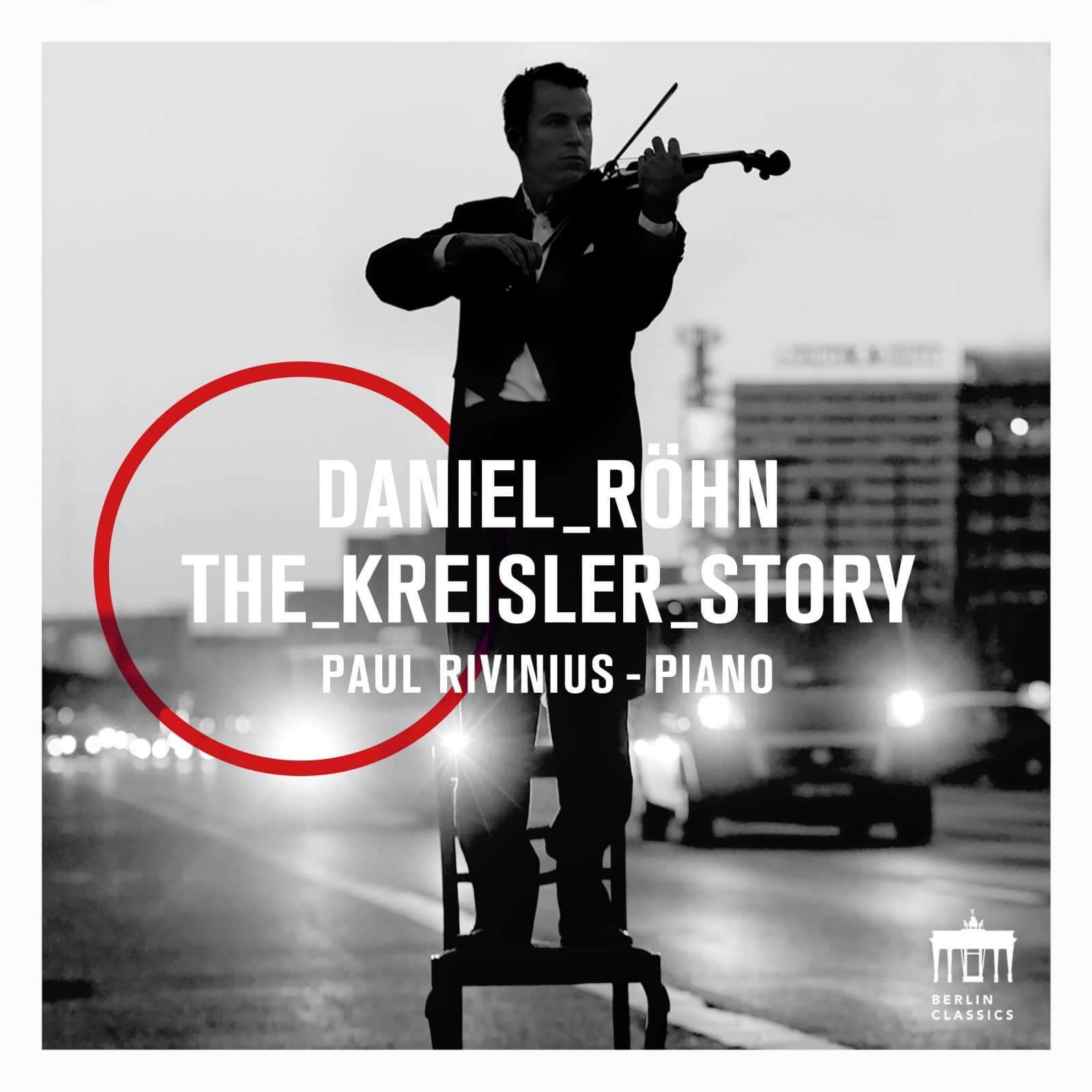
Daniel, an international soloist, has a new release, The Kreisler Story, out this month on Berlin Classics.

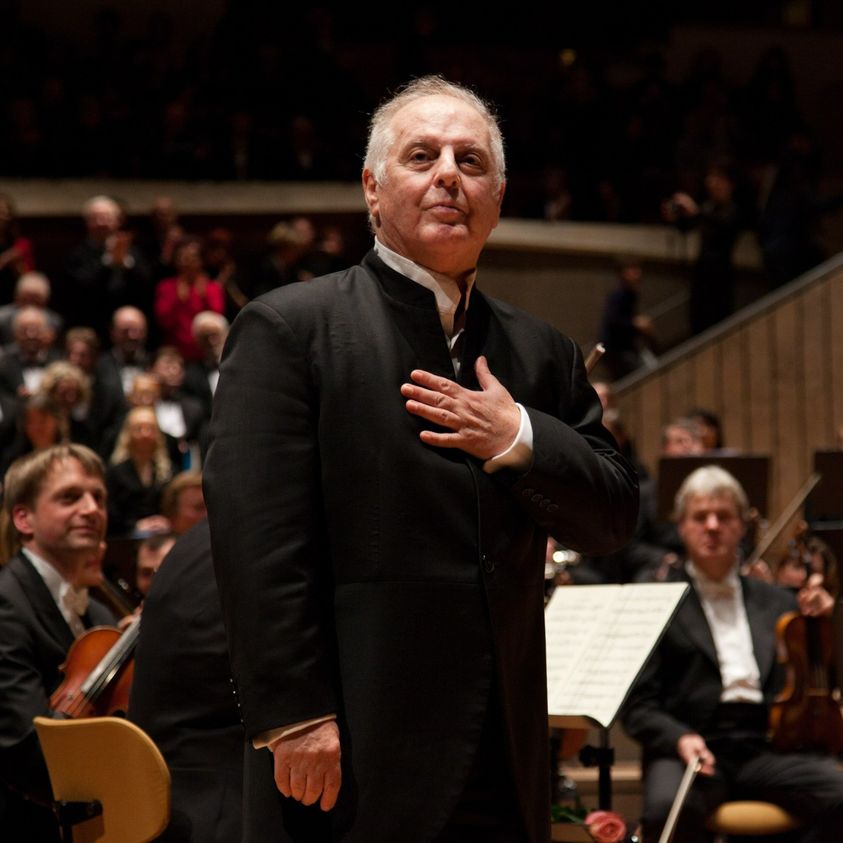
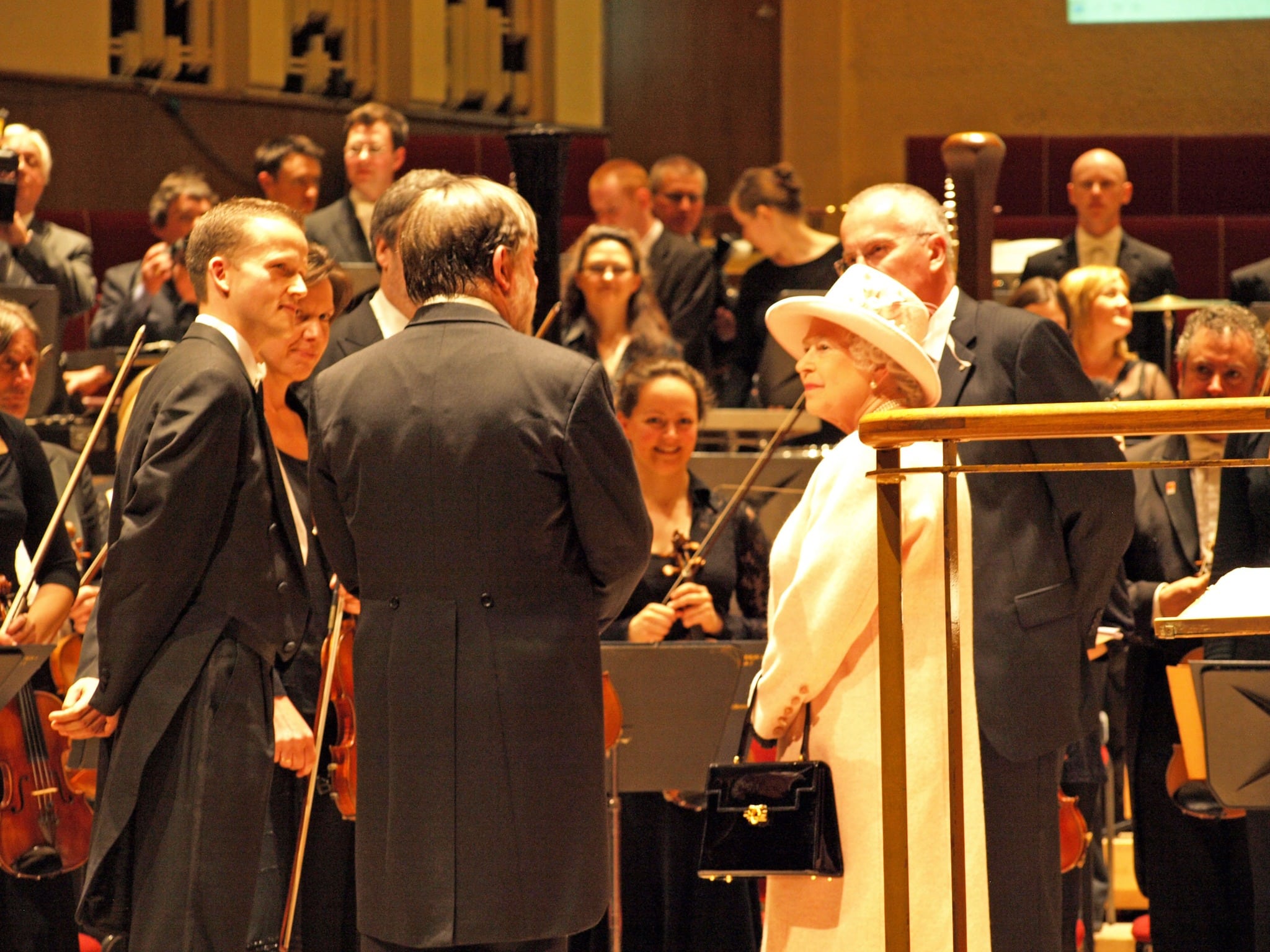
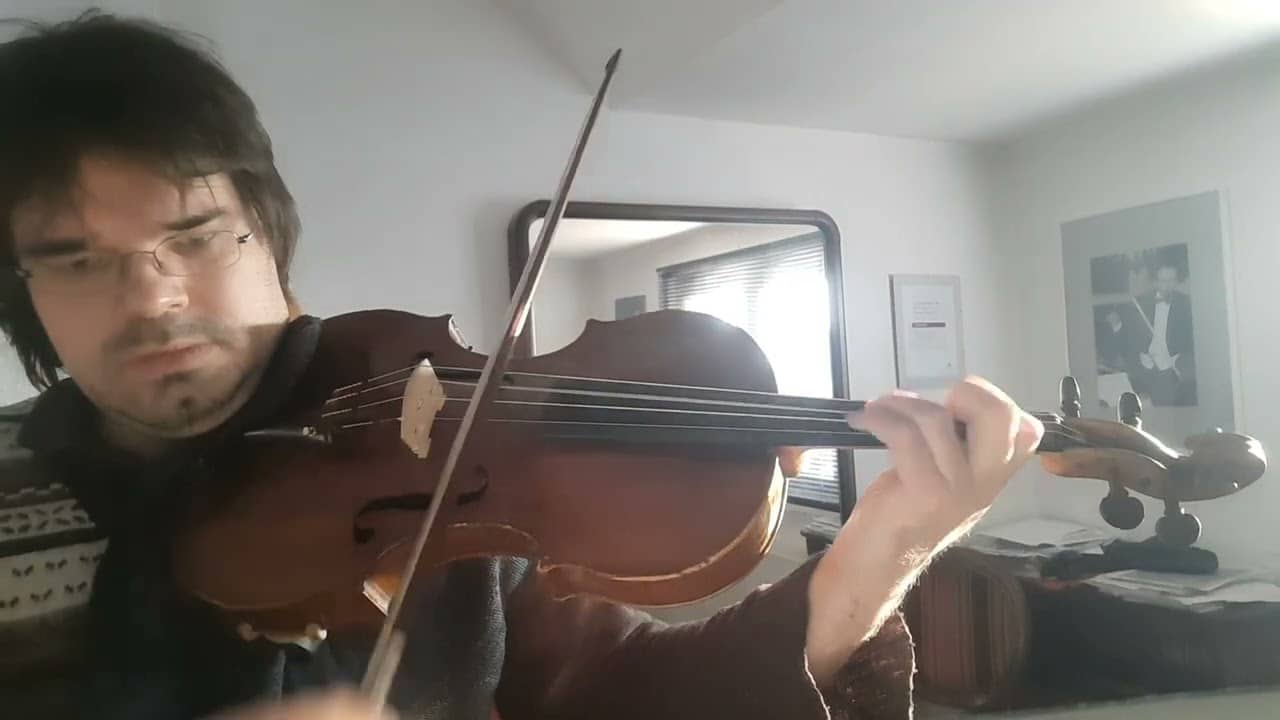
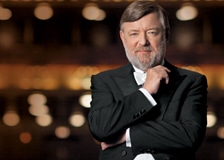
Norman writes: “Kreisler had been forced to leave Germany under the racial laws.”
This is not correct. Norman no doubt writes this because of his belief that Kreisler was Jewish and that the Nazis knew it.
Kreisler did have Jewish heritage (his father was Jewish, his mother was not). Kreisler’s brother–the cellist Hugo Kreisler–had a Jewish identity. But Fritz did not.
It is not clear what the Nazis knew or suspected about Kreisler’s racial/religious identity. But Kreisler was not “forced” to leave Germany.
He was an Austrian citizen. He renounced this citizenship in 1939 and became a French citizen (in 1943 he became an American citizen).
Kreisler did have a home (a veritable mansion) in Berlin from 1924-1939 (it was destroyed by allied bombing in 1942).
So if Kreisler was not “forced” out of Germany, why did he leave?
This is discussed in Amy Biancolli’s book about Kreisler (chapter 8 is entitled “Kreisler the Catholic, Kreisler the Jew”). She speculates that the trigger for Kreisler’s departure was his being drafted as an officer into the German army in September 1938.
Hard to believe that Fritz Kreisler was drafted as an officer into the German army, since in 1938 he was 63 years old.
He served in the trenches in WW1
He left because as many others who left, he saw the writing on the wall
He had already served in the army in the past …and was forgiven being so
much admired .